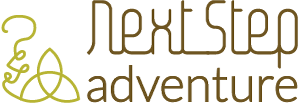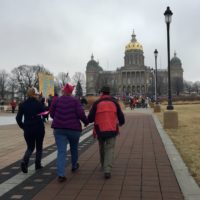Keep Fighting Poverty
As I reenter the US after two weeks in India, one of the first things to strike me is the comfort, the plenty. The homogeneity of the people I see. Well dressed and fed. Driving cars and trucks, often alone. In contrast, a man transporting four goats on a scooter the last day I was in India.
I’ve returned to the wealthiest economy in the history of the world. But Charles M. Blow’s article in the New York Times brought me up short, reminding me that poverty continues to challenge significant numbers of Americans. Though poverty in the US is easy enough to ignore, the numbers of families facing poverty continues to rise.
In the 35 years I’ve worked in Des Moines, the poverty level of kids and families has risen fearfully. I came to Des Moines in 1980 to supervise a nutrition education program for kids from families living with low incomes. We worked in schools where 25% or more of the kids qualified for free or reduced-price lunch. Of about 40 elementary buildings, less than 20 qualified for the program.
Now, 72% of all Des Moines Public School students qualify for free or reduced price lunch. In 2013-2014 all but two elementary schools in the Des Moines district meet the 25% free/reduced lunch qualification.
Living in poverty affects children in ways that are often irreparable. In early childhood, living conditions such as poor nutrition and a shortage of learning opportunities impact brain development. Damaging effects include poor cognitive outcomes and school performance, as well as higher risk for antisocial behaviors and mental disorders.
Whether we choose to fight family poverty for humanitarian reasons, we need to address it for economic ones. A report by the Educational Testing Service estimates the cost in economic and educational outcomes at half a trillion dollars a year.
It behooves us to stop the spread of poverty into the American middle class and help the United States move out of second-highest place for child poverty rate among the world’s richest nations. You can get involved by scheduling a Next Step Poverty Simulation for your community or organization.











